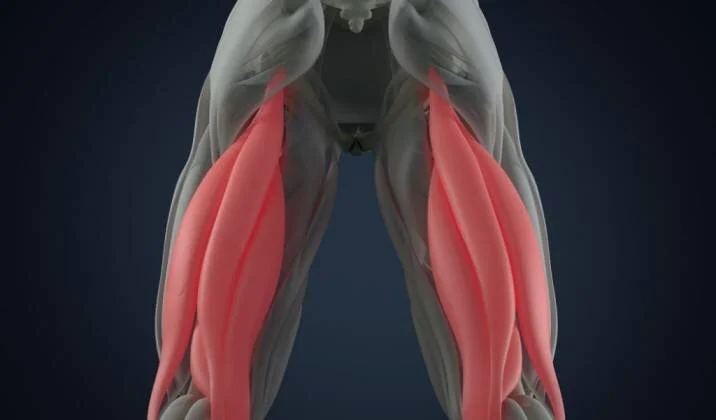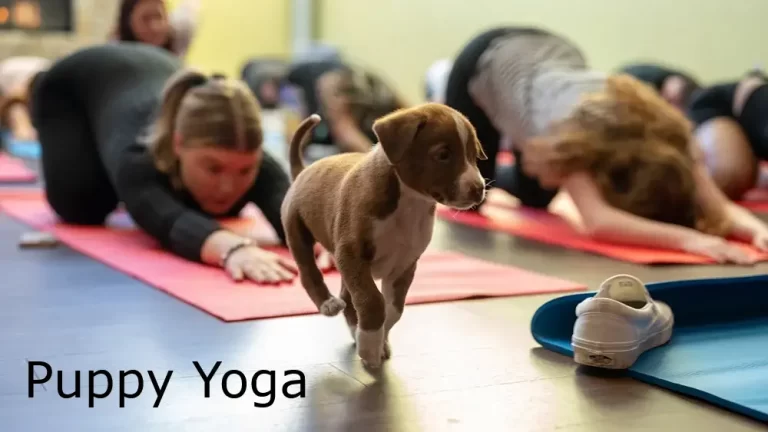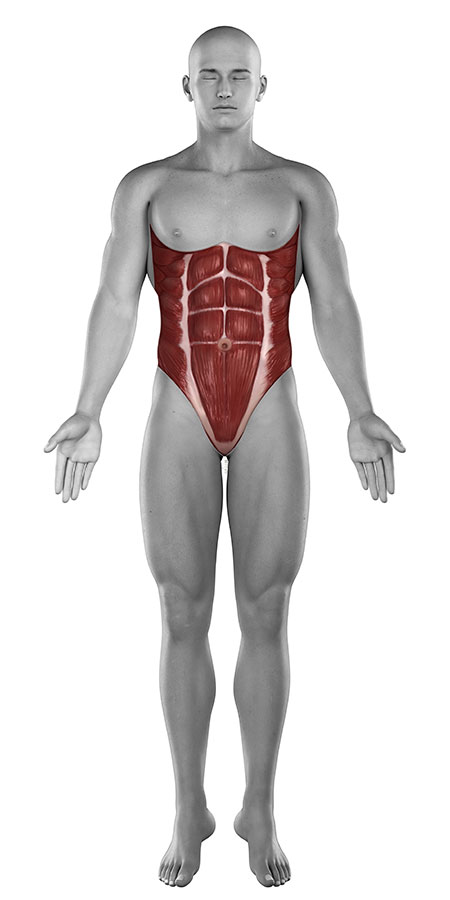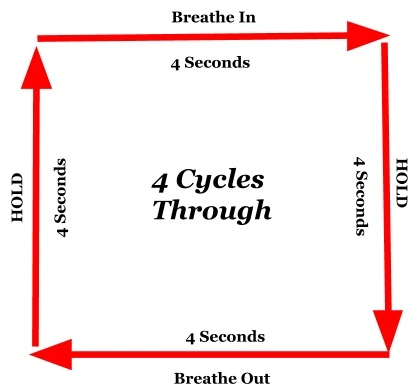McKenzie’s Method For Exercise Therapy: Introduction, Steps ,Goals , Exercises for Lower Back Pain and Neck Pain
Table of Contents
Introduction :
The McKenzie method of exercise is a overall program of assessment, diagnosis, treatment and preventive methods for spinal and limb related disorders.
- It is also known as Mechanical Diagnosis and Therapy (MDT).
- The McKenzie method of spinal therapy is the progression of mechanical forces applied to the patient to utilise a therapeutic effect in the present disease or condition.
- This method was developed by ” Robin Anthony McKenzie ”
- He was the physical therapist in New Zealand.
- Also He was the Founder and President of International Institute of McKenzie.
- Robin McKenzie always believe in Movement based examination as well as treatment protocols.
Goals of McKenzie’s Exercises :
- To understand the patient’s presentation and behavior of symptoms.
- To Determine the appropriate and effective treatment plan for the patient.
- To Eliminate present symptoms and restore full function.
- To encourage the patient to self treat and prevent recurrences.
- To give proper information to the patients , if other medical advice or testing is needed.
Steps of McKenzie Method :
- McKenzie Method has 4 steps :
- Assessment
- Classification
- Treatment
- Prevention
This four steps are described below
Assessment :
- it is used to understand the nature of problem, which the patient is suffering from.
- it is done by asking following questions to the patient :
- History of symptoms
- Checking of Movement performance
- By giving certain positions
- By this step the therapist or examiner can know the problem or condition the patient is suffering from.
Classification :
- McKenzie has classified the conditions or syndromes into three groups :
- Postural Syndrome
- Dysfunction Syndrome
- Derangement Syndrome
They are described as below :
Postural Syndrome :
- Most commonly Postural pain occurs from capsule and supportive ligaments around joint which is involved.
- it happens because of the continuous long duration end position of the joint.
- to relieve the pain you need to move your joint from that position.
Dysfunction Syndrome :
- it occurs when you stretch your prolonged shortened soft tissues.
- pain is cured when you stop end range stress.
- so because of tightness you will not be able to perform movement.
- this abnormality might be possible because of inflammatory or degenerative or traumatic causes.
- so because of this there will be formation of contracture, scarring, and adaptive shortening in soft tissues.
Derangement Syndrome :
- most commonly seen in patients.
- pain is generally felt when there will be displacement of inter vertebral segments.
- so because of unequal loading on spine , there will be possibility of disc protrusion in any direction.
- centralization of symptoms will cure or relieve your pain .
Treatment :
- following are the aims of this step :
- to reduce pain
- centralization of symptoms
- recovery of pain as soon as possible.
Prevention :
- educate the patient regarding their problem and how to prevent it from further damage.
- teach the patient self care techniques.
- encourage the patient to do exercise regularly.
McKenzie’s Exercises for Lower back pain :
Here are some examples of Mckenzie Back Extension Exercises :
Prone Lying :
- lie on your stomach with your both hands by your side.
- turn your head towards one side.
- now maintain the position for 5 to 10 mints.
Prone lying on elbow :
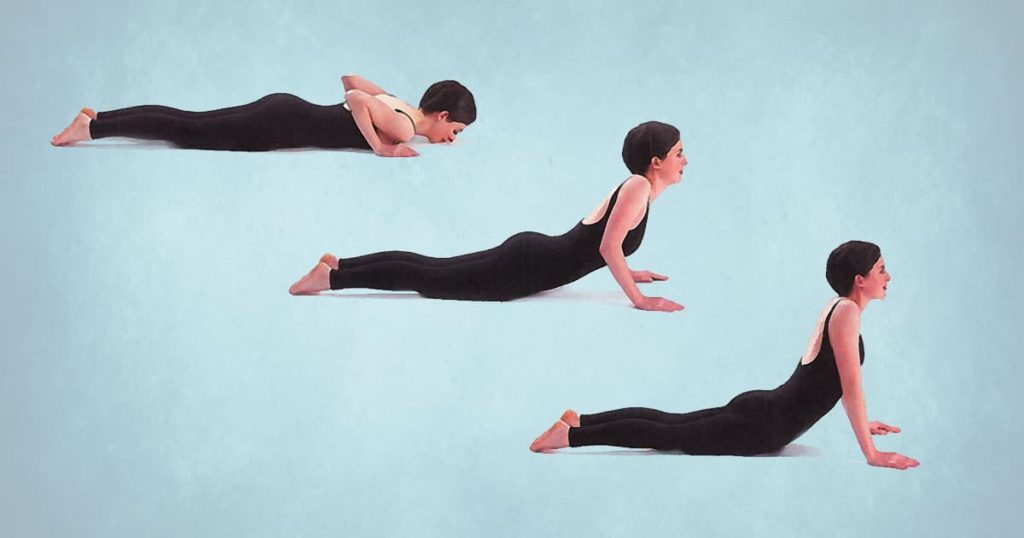
- lie on your stomach and put your body weight on your elbows and forearms.
- your hips should be relaxed on floor or ground.
- now relax your lower back.
- hold this position for 5 to 7 minutes.
Prone press-up exercise :
- take prone lying position or lie on your stomach with palms near your shoulder.
- now slowly push your shoulders in upward direction.
- keep your hips on the couch or met.
- let your lower back sag slowly .
- then come back to starting position.
- repeat the exercise for 5 to 7 times.
Progressive back extension exercise :
- you need pillows for progression.
- lie on your stomach and place one pillow under your chest.
- after some time add second pillow .
- stay in this position for 7 to 10 minutes.
- remove pillow one at single time.
Standing extension exercise :
- while standing place your both hands over low back.
- now lean backward.
- hold the position for 10 to 15 seconds.
- and repeat this exercise for 4 to 5 times.
- you can use this exercise after doing activities like lifting , forward bending or prolonged sitting.
Side gliding exercise :
- you can only perform this exercise if you have problem in your one side of lower back.
- it is used to correct lateral shift .
- you can use only if you have unilateral injury.
- procedure :
- take standing position with affected side facing towards wall.
- your painful side faces away from the wall.
- put your elbow between your rib cage and wall.
- keep your lower back straight.
- use your hand to push your hip towards wall.
- if you feel movement restriction, slide your feet further from wall.
- when you reach at end range you will feel big stretch in side near the wall.
- do not separate elbow from your rib cage.
- you may feel pain during the movement so perform it slowly.
- perform 7 to 10 repetitions.
Self Treatment exercises:
- Use resting position when you are not doing any kind of activity.
- Try to use “Sphinx pose ” or “Gentle Back bend Pose “
- Perform Standing back extension exercise after bending activities.
McKenzie’s Exercises for Neck pain :
Neck extension exercise :
- move your head in backward direction .
- your face should look upward as if you are looking at sky.
- return to the starting position.
- repeat the exercise for 5 to 10 times.
Neck side bending exercise :
- bend your head in a side way, so that your ear touches your shoulders.
- hold the position for few seconds then repeat it over opposite side.
- perform the exercise for 5 to 10 times.
Neck rotation exercise :
- Turn your head towards one side .
- feel the stretch and hold the position for 2 to 3 seconds.
- perform this exercise another side also.
- perform the exercise 5 to 10 times in one session.
Shoulder Shrug exercise :
- slowly lift your shoulders close to your ears as much as you can.
- hold the position for 5 to 7 seconds.
- then return to the starting position.
- perform the exercise for 5 to 7 times.


